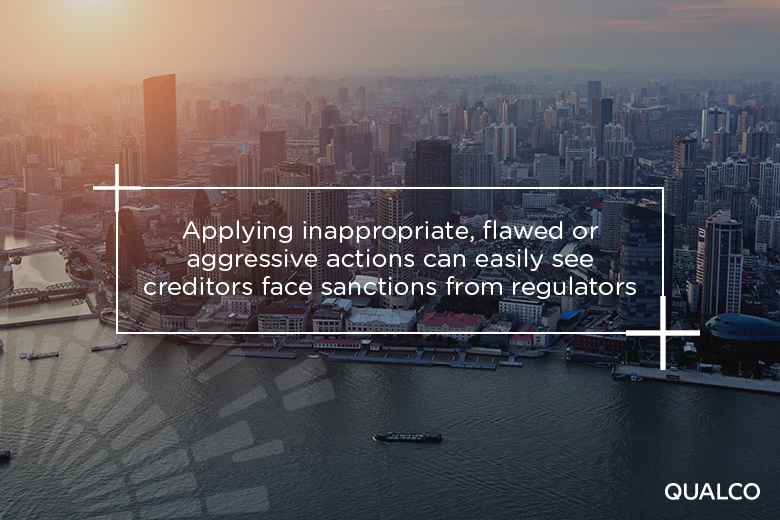Using Data to Treat Customers Fairly (TCF)
Spyros Retzekas |
“Treating customers fairly, by offering solutions and repayment plans that better suit customers’ circumstances, increases the likelihood of securing collection,” says Frixos Ioannidis, Servicing & Portfolio Management Deputy Director, Qualco
Not only can the right platform bring rapid improvement in profitability, through enhanced productivity and collections results, but also longer-term benefits that are more difficult to quantify, albeit equally as important.
Advanced technology reduces compliance and operational risks by eliminating the errors that typically arise from fragmented data and manual processes. At the same time, such technology enables firms to consider customers’ individual circumstances and hence treat them more fairly.
Smarter technology for smarter outcomes
As a result, sophisticated systems better align the interests of originators and customers, bringing significant improvements in rehabilitation and other long-term rewards for both parties.
Treating customers fairly, by offering solutions and repayment plans that better suit customers’ circumstances, increases the likelihood of securing collection at the same time as bringing the longer-term benefits that come from having more rehabilitated and loyal customers.
Smarter systems provide much smarter outcomes; the ability to segment treatment based on individual account characteristics, as well as the power of automation, enables creditors to achieve previously unthinkable commercial goals through their collections operations.
There’s much to gain from a customer-centric collections and recoveries strategy
Less customer-centric practices, combined with the use of legacy systems, have often resulted in a “sledge hammer to crack a nut” situation, where organisations deploy expensive collection resources to cases that would otherwise self-correct through simple, low-cost, automated contact strategies.
At the same time, segmentation and analytics tend to indicate that collections can achieve optimum results by offering certain carrots to customers. Just as appropriate, targeted, automated contact can see many more customers self-correct, early in the process, offering customers features such as grace periods can even avoid the need for a formal collection process to begin at all.
Advanced systems enable creditors to know when, how and who to most optimally offer such solutions. The use of technology helps to ensure that fair collection practices are followed, which is not only necessary in a heavily regulated environment, but also aligns creditor and customer interests.
Applying inappropriate, flawed or aggressive actions can easily see creditors face sanctions from regulators. Organisations have much to gain from applying customer-centric, effective and fair approaches to collections; such strategies can reap long-term benefits by improving how creditors are perceived by existing and prospective customers.

/cta%20ethics_hubspot.png?width=780&height=240&name=cta%20ethics_hubspot.png)